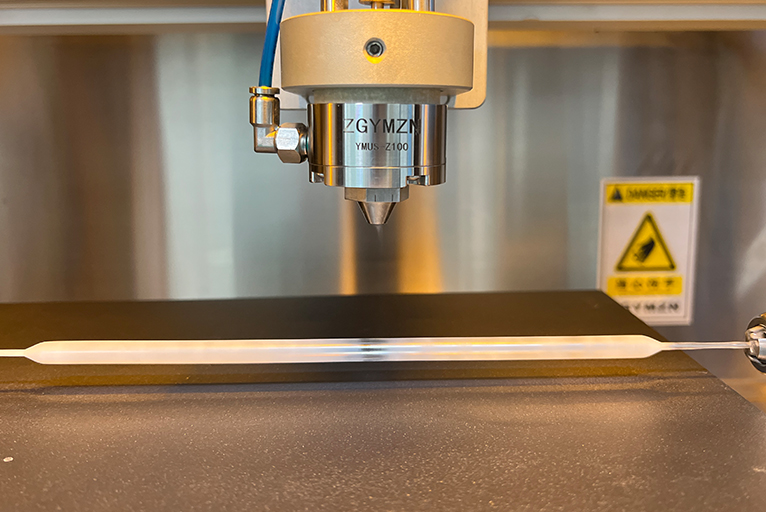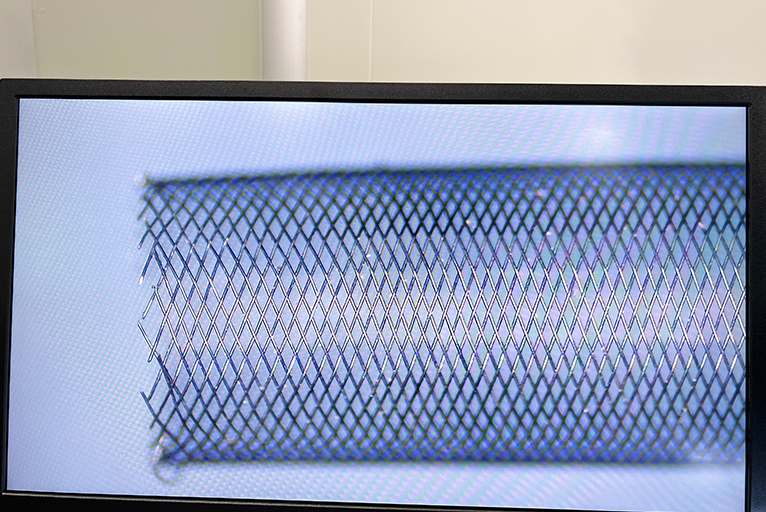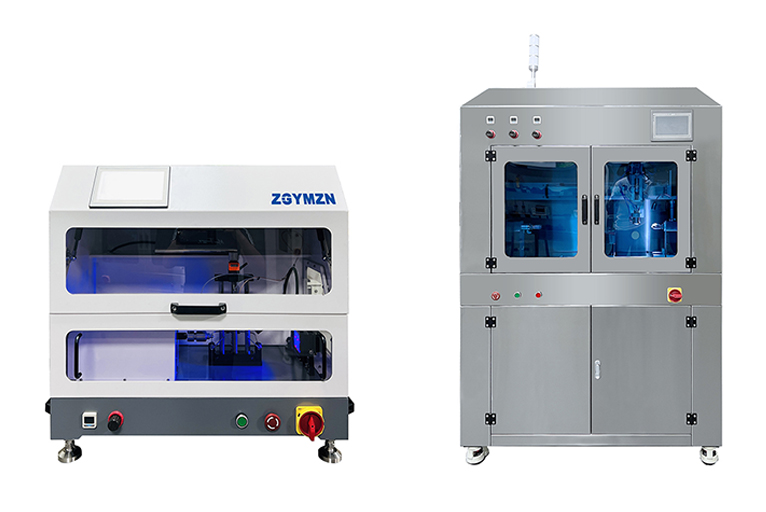google-site-verification: google0228a1feb97d321e.html
google-site-verification: google0228a1feb97d321e.html
google-site-verification: google0228a1feb97d321e.html
google-site-verification: google0228a1feb97d321e.html
google-site-verification: google0228a1feb97d321e.html
google-site-verification: google0228a1feb97d321e.html
Preparation of drug coating rapamycin by ultrasonic spraying -- Medical device -- YMUS ultrasonic spraying
Medical device drug coating technology continues to develop and evolve to provide safer and more efficient treatment options for patients. In the future, as technology advances, more innovations and advances are expected.
Drug coated balloon is a new medical device developed in recent years. It treats narrowed blood vessels through balloon dilation and local release of drugs. Drug-coated balloon is widely used in coronary intervention, cerebrovascular intervention and other fields. Drug-coated catheters are medical devices for specific diseases. For example, drug-coated bile duct stents are used to treat bile duct stenosis, and drug-coated urethral stents are used to treat urethral stenosis. These drug-coated catheters can reduce the patient's symptoms and risk of relapse through the release of the drug. With the development of drug coating technology, new drugs and carriers related to the treatment of specific diseases are constantly emerging. Researchers are looking for safer and more effective drugs as well as more suitable carrier materials to further improve the therapeutic effect.
Rapamycin drug coating is a technology applied in the field of interventional cardiology and plays an important role in the treatment of coronary artery disease. It is commonly used in percutaneous coronary intervention (PCI) to prevent re-narrowing of diseased vessels.
Rapamycin is an antiretroviral drug used primarily to treat HIV infection. In the drug-coated balloon, rapamycin is mixed with an appropriate drug carrier, such as a polymer, and is coated on the surface of the balloon by a specific preparation technique. The use of rapamycin drug-coated balloon in PCI has two main purposes: one is to solve the stenosis problem of vascular lesions, and to reduce the risk of intravascular restenosis through balloon expansion and the release of rapamycin by the drug coating; The second is to inhibit the inflammatory response of blood vessel wall and reduce the occurrence of postoperative bleeding and complications after vascular reconstruction surgery.


YMUS ultrasonic spraying is a commonly used technology for the preparation of pharmaceutical coatings, which is widely used in medical devices.
● Uniformity: Ultrasonic spraying technology can achieve uniform distribution of the coating to ensure the consistency of the drug on the surface of the medical device. This helps to ensure the stability of the drug's release and effect.
● Controllability: Ultrasonic spraying technology can adjust the drug flow rate according to demand. The speed and duration of drug release can be controlled by adjusting the drug concentration and thickness of the coating.
● Reduce drug consumption: Compared with other coating technologies, ultrasonic spraying technology can use drugs more effectively and reduce drug consumption. This will not only reduce the cost of the drug, but also reduce the risk of potential toxic side effects on patients.
● Improve the adhesion of the coating: Ultrasonic spraying technology can form a uniform and dense coating on the surface of the medical device, and improve the adhesion between the coating and the surface of the device. This helps reduce the risk of peeling and peeling of the coating and extends the service life of the pharmaceutical coating.
● High production efficiency: ultrasonic spraying technology is simple to operate, the equipment investment cost is relatively low, and can achieve mass production.
